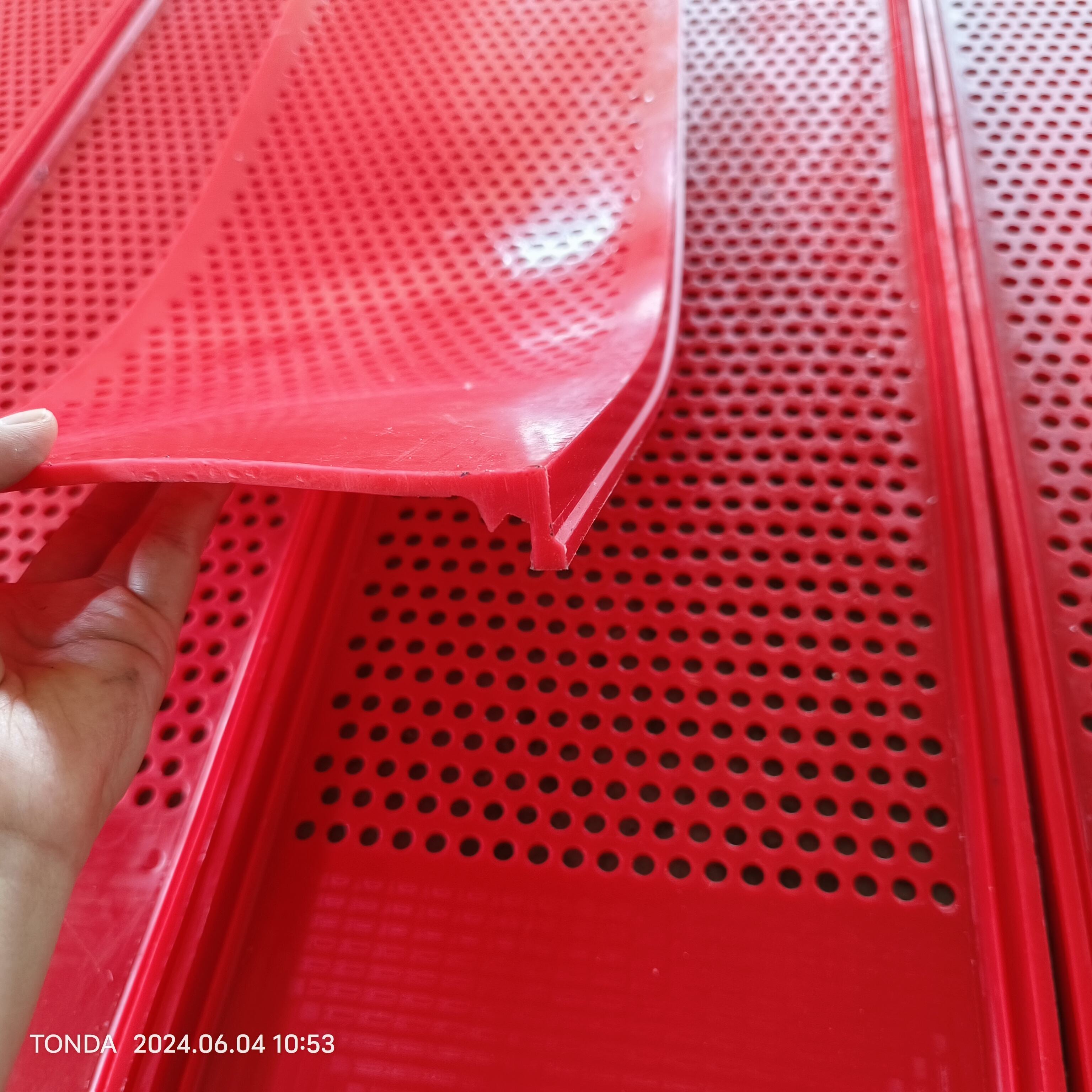The Role of Advanced Vibrating Sieves in Modern Production
Why Production Lines Rely on Vibrating Sieves
Vibrating sieves are now a must-have for most production lines since they can sort materials so efficiently, which boosts productivity while keeping quality checks consistent. Food processors and pharmaceutical manufacturers rely heavily on these machines because they separate particles based on both size and weight with remarkable accuracy. For instance, in pharmaceutical manufacturing where even tiny impurities matter, this kind of precision makes all the difference between safe products and potential recalls. The way these sieves manage material flow also cuts down on waste and improves overall output rates across different sectors. Many businesses report seeing tangible improvements after installing vibrating sieves in their operations, not just in terms of meeting quality benchmarks but also through reduced downtime and better resource utilization throughout the production cycle.
Challenges Addressed by Advanced Sieving Technology
Newer sieving tech has evolved to tackle problems that plague older systems, including stuff getting contaminated and particles ending up all over the place size-wise. Modern vibrating sieves can work with pretty much anything thrown at them, whether it's something as delicate as powder or heavy duty bulk materials. The machines adapt well to whatever needs come up during production runs. Most models now include handy features such as self-cleaning mechanisms and live monitoring capabilities so operators know exactly what's going on inside those screens. When companies implement this kind of advanced screening equipment, they generally see improvements in how reliably their processes run day after day. Production becomes more predictable and consistent across batches, which means fewer headaches when it comes to quality control issues down the manufacturing pipeline.
Ultrasonic Sieve Systems for Fine Particle Control
Ultrasonic sieve systems work by using high frequency vibrations that stop material from sticking together, allowing fine particles to go through the sieve without getting blocked. These systems really shine when dealing with sticky substances or hard to handle materials, which means factories can process more product in less time. Some studies show that adding ultrasonic tech to sieves can actually double how well they separate small particles compared to regular sieves. For companies where accuracy matters most, this kind of system has become essential equipment. We're seeing industrial vibrating sieves equipped with ultrasonic technology pop up everywhere from snack food production lines to drug manufacturing plants because they just plain work better for separating tiny particles consistently.
Linear Vibrating Screens: Precision in Material Flow
Linear vibrating screens help maintain a steady flow of materials, something that matters a lot when it comes to accurate sorting and avoiding problems during operations. These machines do more than just keep things moving smoothly they actually cut down on noise levels and save energy too, which makes them good for sustainable manufacturing practices. What stands out about these screens is how adaptable they are. They work well with all sorts of different materials, so we see them used everywhere from chemical plants to metal processing facilities where consistent performance is needed day after day.
Dynamic 3D Motion for Improved Efficiency
The dynamic 3D motion system combines both horizontal and vertical vibrations in a way that really helps separate different materials more effectively. What makes this tech stand out is how it actually boosts what vibrating sieves can do, cutting down on processing time while still moving through larger volumes of material. According to some recent tests, this kind of motion cuts down on those annoying material buildups that mess with the flow, so things just keep going smoothly without interruptions. For manufacturers running production lines where getting maximum output matters most, implementing dynamic 3D motion means fewer stoppages and better overall throughput rates across their operations.
Boosting Throughput with Reduced Downtime
Switching over to newer vibrating sieve systems really boosts what gets produced in a day. Factories across the board have seen anywhere from 20 to 30 percent jumps once they upgrade their old gear, which shows just how much better these modern setups work. The latest models come built for easier upkeep too, so when something needs fixing or adjusting, it doesn't bring everything to a halt for long periods. When reliability goes up, workers find themselves dealing with far fewer stoppages on the factory floor. This means products keep moving through the system without those annoying delays that eat into output numbers.
Meeting Industry Compliance Standards
Vibrating sieves have become pretty much indispensable for companies trying to keep up with strict regulations around cleanliness and product safety, particularly in food processing and drug manufacturing. These screening systems actually need to pass tough certification tests from organizations like the FDA and ISO before they can be used in production lines. When manufacturers install equipment that meets these requirements, they're doing more than just avoiding fines and inspections. Clients tend to notice and appreciate the extra effort, which makes all the difference when competing against other suppliers who might cut corners on quality control measures.
Cost Savings from Extended Equipment Lifespan
When companies switch to advanced sieving systems, they often see real money saved because these machines are built tough and last much longer than cheaper alternatives. Investing in good quality equipment means fewer breakdowns and less need for constant repairs, which cuts down on those annoying maintenance bills that pile up month after month. Most businesses find that even though there's a bigger upfront spend, the payback comes pretty quickly through better performance and lower running costs down the road. What makes these systems so valuable isn't just their longevity but how efficiently they work day in day out, something that shows up clearly in the bottom line when looking at overall return on investment figures.
Food and Pharmaceutical: Hygiene-Critical Uses
Vibrating sieves play a key role in keeping things clean in the food industry, stopping all sorts of contaminants from getting into products. Food manufacturers need this tech because it helps them stay safe and meet those tough rules from health inspectors. Over in pharmaceutical manufacturing, getting the right particle size matters a lot when making medicines. If particles are too big or small, the drug might not work properly in patients' bodies. Both sectors want equipment that wipes down easily after each batch, something that actually makes sense when thinking about day-to-day operations. Clean machines mean fewer shutdowns for sanitizing, so production runs smoother. Companies across these industries keep investing in better sieving systems since regulators won't let them cut corners on quality anymore. Good sieving isn't optional anymore it's basically table stakes for staying in business today.
Ceramics and Chemicals: Handling Abrasive Materials
Ceramics manufacturing and chemical processing present special challenges for vibrating sieves since they deal with materials that can wear down standard equipment pretty quickly. Manufacturers tackle this problem by building their sieves with tougher materials and smarter design features so they can keep running smoothly even when exposed to harsh substances day after day. The result? Equipment lasts longer before needing replacement or major repairs. Many companies in these fields also find value in getting custom made sieving systems tailored specifically for their particular materials. These specialized setups work better because they account for things like particle size distribution and material hardness factors unique to each application. When properly customized, such systems not only reduce downtime caused by breakdowns but also cut maintenance costs significantly over time.
Preventing Mesh Clogging with Smart Cleaning Systems
Keeping meshes from getting clogged remains essential for keeping vibrating sieves running efficiently, which is why smart cleaning systems have become so important in modern operations. These systems come equipped with sensors that spot when material starts building up on the mesh surface and kick off automatic cleaning without needing workers to constantly check things manually. What makes this setup work well is how it maintains steady performance while cutting down on those frustrating stoppages caused by blocked sieves. When companies implement good cleaning practices alongside these automated features, they actually extend the life of their screening equipment and boost production rates because materials pass through consistently instead of backing up. For manufacturers looking to improve both productivity and equipment lifespan, investing in these intelligent cleaning solutions delivers real results over time.
Routine Checks to Sustain Optimal Performance
Keeping vibrating sieves running smoothly requires regular checkups. A good maintenance schedule catches problems before they become big headaches, saving money on expensive fixes and avoiding unexpected shutdowns. When technicians inspect these machines regularly, they spot things like worn parts, misaligned settings, or strange vibrations that might slow down production. Some plants keep track of every inspection in detail, which makes it easier to see patterns over time and plan ahead for replacements. The bottom line is simple: sticking to routine maintenance keeps the sieves working better for longer periods between major overhauls.
Table of Contents
-
The Role of Advanced Vibrating Sieves in Modern Production
- Why Production Lines Rely on Vibrating Sieves
- Challenges Addressed by Advanced Sieving Technology
- Ultrasonic Sieve Systems for Fine Particle Control
- Linear Vibrating Screens: Precision in Material Flow
- Dynamic 3D Motion for Improved Efficiency
- Boosting Throughput with Reduced Downtime
- Meeting Industry Compliance Standards
- Cost Savings from Extended Equipment Lifespan
- Food and Pharmaceutical: Hygiene-Critical Uses
- Ceramics and Chemicals: Handling Abrasive Materials
- Preventing Mesh Clogging with Smart Cleaning Systems
- Routine Checks to Sustain Optimal Performance

